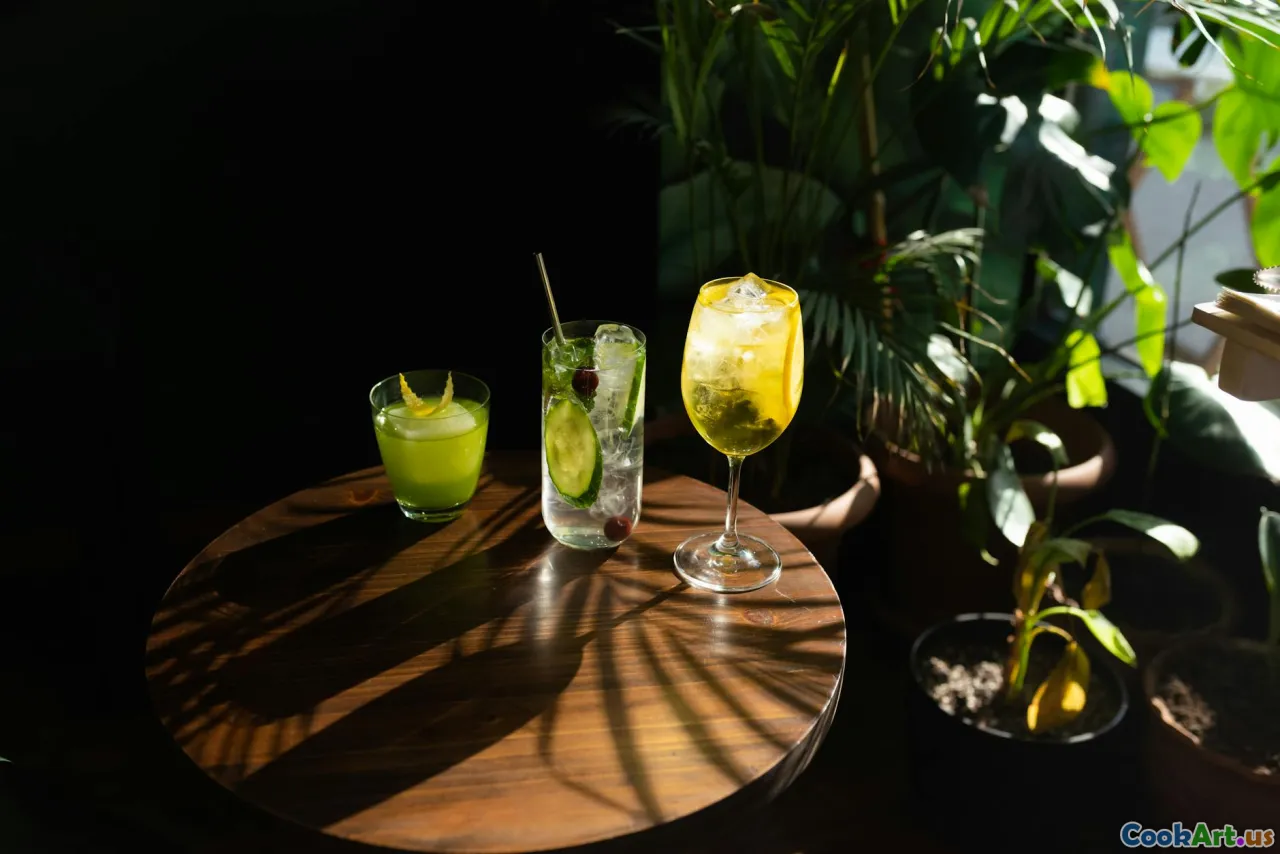Exploring Botanical Ingredients in Drinks
6 min read Dive into the world of botanical ingredients and discover how they elevate beverages with unique flavors and health benefits. April 05, 2025 12:00
Exploring Botanical Ingredients in Drinks
In the realm of mixology, the use of botanical ingredients in drinks is becoming increasingly popular, not only for their flavors but also for their health benefits and visual appeal. From floral infusions to herbaceous notes, botanicals can transform a simple beverage into an extraordinary experience. In this article, we’ll delve into the fascinating world of botanical ingredients, exploring their origins, uses, and how they can elevate your cocktail game.
What Are Botanicals?
Botanicals refer to a wide range of plant-based ingredients used in food and beverages, particularly in the realm of cocktails. This includes herbs, spices, flowers, fruits, and roots. The beauty of botanicals lies in their ability to impart unique flavors and aromas, often drawing on centuries of culinary tradition.
The History of Botanicals in Drinks
Historically, the use of botanicals in beverages dates back to ancient civilizations. Early cultures infused spirits with herbs and spices for medicinal purposes, believing they could enhance health and well-being. As the art of distillation advanced, so too did the incorporation of botanicals into spirits like gin and vermouth. Today, this tradition continues, with modern mixologists experimenting with an ever-growing list of botanical ingredients.
Popular Botanical Ingredients and Their Flavors
-
Herbs: Fresh herbs like basil, mint, rosemary, and thyme add a refreshing and aromatic quality to cocktails. Basil, for example, pairs beautifully with gin, while mint is a classic choice for mojitos.
-
Flowers: Edible flowers such as elderflower, lavender, and hibiscus offer floral notes that can brighten a drink’s flavor profile. Elderflower cordial is a fantastic addition to sparkling wines, while hibiscus brings a tartness that complements fruity cocktails.
-
Fruits: Beyond the usual suspects, consider using less common fruits like dragon fruit, yuzu, or kumquat. These ingredients can add complexity and a unique twist to traditional recipes.
-
Spices: Spices such as cardamom, cinnamon, and pepper can provide warmth and depth to cocktails. A spiced rum infused with cardamom can create a memorable sipping experience.
How to Incorporate Botanicals in Drinks
1. Infusions
Infusing spirits with botanicals is an effective way to extract flavors. To create an infusion, simply combine your chosen botanical with a neutral spirit, like vodka or gin, and let it steep for a few days. Experiment with different combinations to find your perfect blend.
2. Syrups
Making syrups is another excellent method for incorporating botanicals. Use equal parts water and sugar to create a simple syrup, then add your botanicals to steep. This allows you to create flavored syrups that can be mixed into cocktails for a burst of flavor.
3. Garnishes
Don’t underestimate the power of garnishes! Fresh herbs or edible flowers can enhance the visual appeal of a drink while adding an aromatic experience. A sprig of rosemary in a gin and tonic not only looks stunning but also infuses the drink with a subtle scent as you sip.
The Health Benefits of Botanicals
Many botanical ingredients boast health benefits that can complement their flavor contributions. For instance, mint can aid digestion, while chamomile is known for its calming effects. Incorporating these ingredients into your cocktails not only makes for delicious drinks but can also promote wellness.
A Final Sip: The Future of Botanical Mixology
As the world of mixology continues to evolve, the use of botanical ingredients will undoubtedly grow. Bartenders are increasingly looking for ways to create unique, flavorful, and health-conscious drinks that resonate with consumers. Exploring botanical ingredients can lead to endless possibilities, allowing both novice and seasoned cocktail enthusiasts to craft beverages that are not only delicious but also visually stunning.
In conclusion, botanicals are an exciting and essential component of modern mixology. By experimenting with various herbs, flowers, fruits, and spices, you can elevate your drinks to new heights and impress your guests with unique flavor combinations. So, gather your botanicals and start mixing – the world of flavors awaits!









